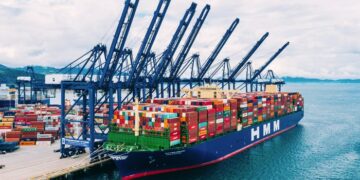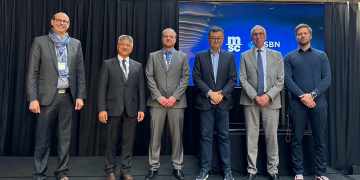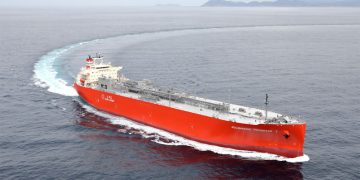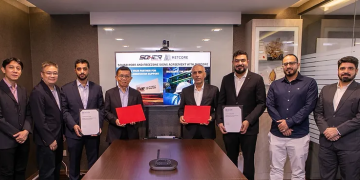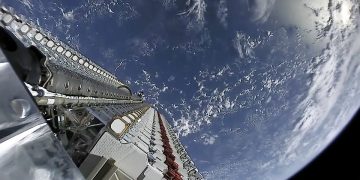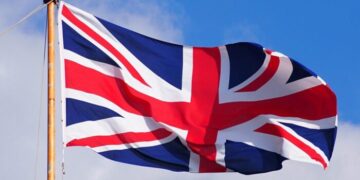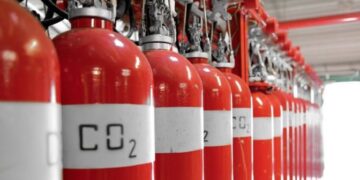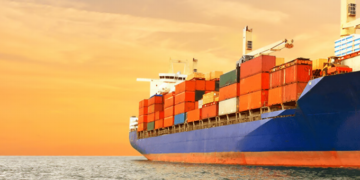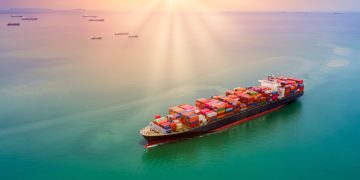DNV GL: Notice for low-sulphur hybrid fuel operations
DNV GL issued a technical update to publication “Sulphur Limits 2015” regarding the introduction of new “hybrid” fuel types, which may not be fully compatible with ordinary heavy fuel oils, can pose potential technical challenges in operation in connection with the changeover. For ships passing through or operating in Emission Control Areas (ECAs), new and stricter emission regulations came into force on 1 January 2015. As regulated by MARPOL Annex VI, the maximum sulphur content of any fuel used on board may not exceed 0.10% m/m S when sailing or operating in an ECA designated for control of SOx emissions from ships. Alternatively, the installation of exhaust gas cleaning systems, proven to be least effective in terms of emission reductions, is seen as an equivalent measure. However, switching from heavy fuel oil (HFO) to low-sulphur fuel is likely to pose challenges. If not handled with care, the changeover process can cause operational problems in the ship’s propulsion chain and put equipment at risk. The DNV GL publication “Sulphur Limits 2015 – Guidelines to ensure Compliance”, issued in November 2014, provides an overview of the regulatory background and describes potential difficulties associated with fuel changeover. DNV GL has also developed and made available ...
Read more





